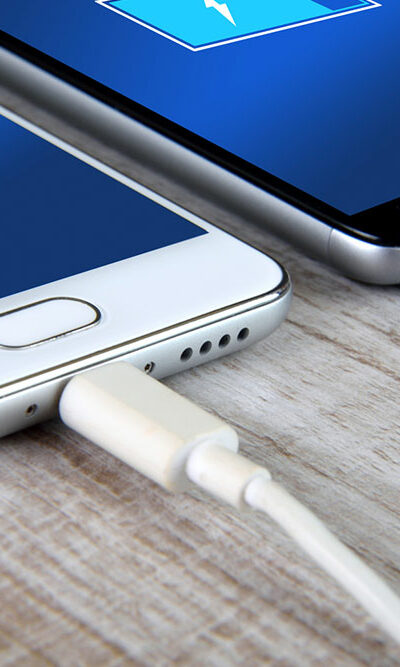
50 Expected Black Friday Sales Shoppers Shouldn’t Miss in 2023
The Black Friday shopping season brings a lot of cheer and excitement to people looking to save on their purchases. During this time of the year, stores roll out splendid deals on gadgets, electronics, home furnishing, apparel, makeup, and more. It’s a brilliant opportunity to stock up on gifts and goodies for everyone. While the official deals have not been announced yet, shoppers can expect these 50 Black Friday sales in 2023. Electronics Insignia 65-inch F30 Series 4K UHD Smart Fire TV Looking for a smart TV with great specs but on a budget? This one from Insignia is a great buy. During the Black Friday sales, it’s expected to be marked down to as low as $379.99 (originally $549.99). It features Fire OS, 4K Ultra HD resolution, DTS Studio Sound, and an Alexa voice remote. Apple AirPods (2nd Gen) Looking for a new pair of earphones but don’t want to spend too much? The second generation of Apple AirPods is expected to sell for $99 (marked down from $159) this Black Friday. Apple AirPods Pro (2nd Gen) Customers may get $20 off the AirPods Pro. They provide improved sound quality, battery life, and noise cancellation. Originally $249, the device is expected to retail for $229.99 during the sale period. Lenovo IdeaPad 1i The Lenovo Ideapad 1i might be one of the cheapest laptops on the market around Black Friday. Usually priced at $249.99, it may be on sale for as low as $99.99, so everyone can fulfill their basic computing needs without breaking the bank. Oculus Quest 2 (128 GB) Black Friday bundle Black Friday might be the best time to pick up the Oculus Quest 2 VR headset. It’s expected to be on sale for $349.99 (down from $469.99) as a part of a bundle that includes games like Beat Saber and Resident Evil 4 VR.






